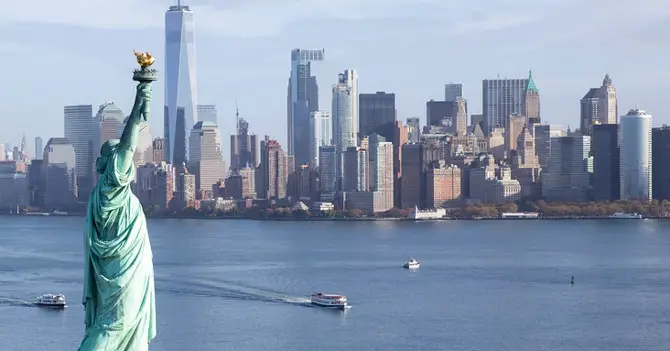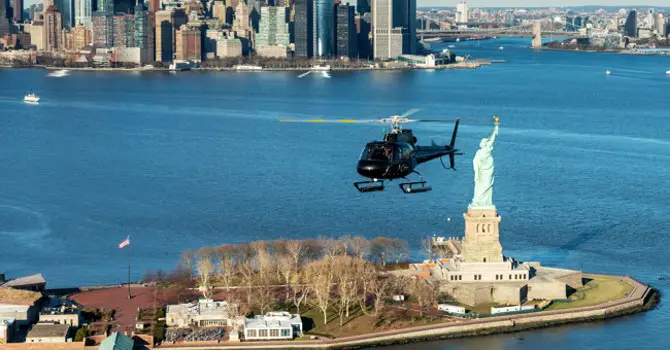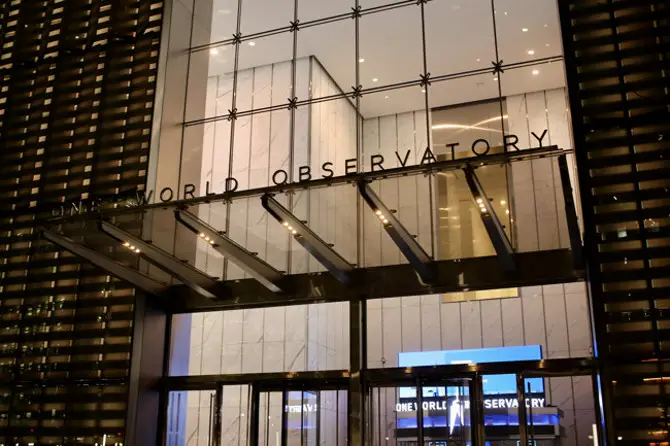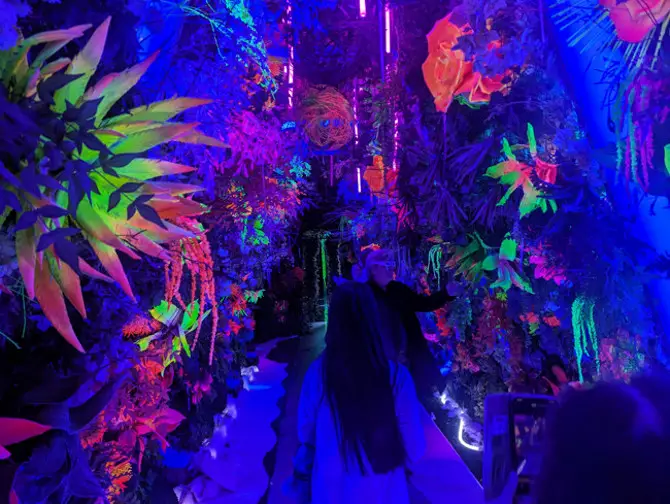Presidents NYC: modern American history started here in New York. Boston may have kicked off the Revolutionary War with the Tea Party, and the Continental Congress met in Philadelphia, but the first capital city of the United States of America was New York City. To follow in the footsteps of the Presidents, check out these National Park Service sites in NYC.
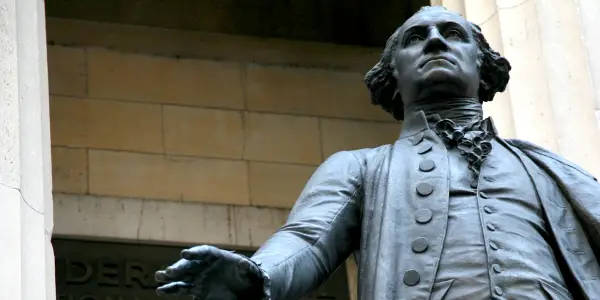
Image: (vincent desjardins)/Flickr

Federal Hall National Memorial
There are few traces of George Washington in New York, but one of the most important is here, at Federal Hall National Monument. This site, marked by a larger-than-life size statue of Washington, is where the first-ever American presidential oath of office was recited. The current building isn't the original one, but exhibits inside include the balcony Washington stood on and the Bible he swore on. The rangers give guided tours that touch on the building's historic role as the home of the first Congress, Supreme Court, and Executive branches of government—the government was small enough then that one building could hold all the federal offices.
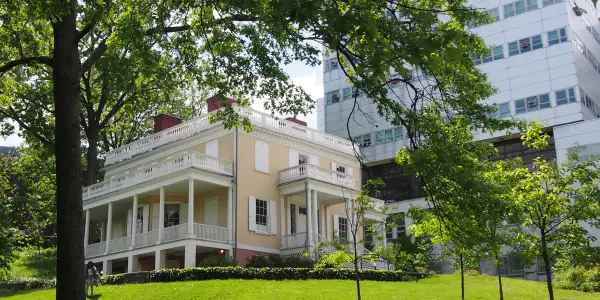
Hamilton Grange National Memorial
Alexander Hamilton was never president, but he worked for George Washington as an aide during the Revolution and then as the first Secretary of the Treasury. His office was down on Wall Street, but his Grange, the only home he ever owned, was uptown in Harlem. At the time, Harlem was largely forested, and the grand house Hamilton built was a way to show off his success. (The house has been moved twice, but is still on property Hamilton once owned). His respect for his boss is evident by the portrait of Washington hung above the sofa. Visit the site to explore exhibits detailing Hamilton’s rise from struggling immigrant to political leader, and walk through the restored rooms either on your own or with a park ranger guide.
Theodore Roosevelt Birthplace National Historic Site
Theodore Roosevelt was the only president born in New York City. His birthplace site, currently closed for renovation until early 2016, is a reconstruction of the home where he was born and lived until he went away to college. Though you can't currently tour the period rooms, you can see the exterior, which is a typical New York brownstone. Theodore's distant cousin, Franklin Delano Roosevelt, also became president of the U.S.; his home is 90 miles north of New York City in Hyde Park. Roosevelt Island, named in honor of FDR, honors his ideals at the Four Freedoms Park. Ride the tram to the island for aerial views of NYC behind you and walk to the park at the southern tip, enjoying skyline views along the way.
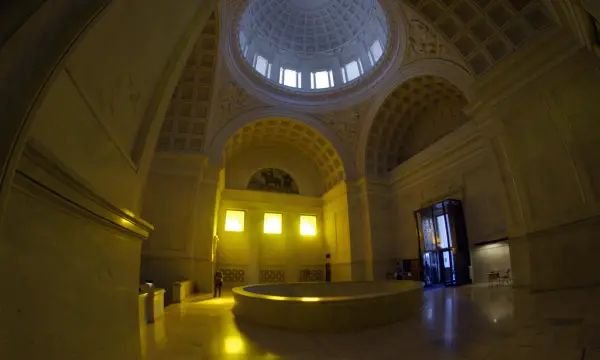
General Grant National Memorial
Who's buried in Grant's Tomb? If you said General Grant, you're half right: the tomb, also known as the General Grant National Memorial, is the final resting place of President Grant and his wife (though they lie above ground, not below). Grant lived the final years of his life in New York City and wanted to be buried here. The site's visitor center provides information about Grant's military and political careers; Grant's leadership of the Union Army during the Civil War was critical to preserving the United States. In the summer, there are often concerts at the tomb; in good weather, sit on the mosaic-decorated benches around the mausoleum or stroll through the park to enjoy Hudson River views.
Chester A. Arthur House National Historic Landmark
Chester A. Arthur is one of the least-remembered presidents; he took office after another little-remembered president, James Garfield, was assassinated. A one-term executive, he didn't even seek the nomination again and just returned to his home in New York. The house today is privately owned but is a National Historic Landmark. Presidential buffs can view the exterior, but interior access isn't possible other than to the ground level store (Kalustyan's, one of New York's prime Indian grocery stores, worth visiting whether or not you have any interest in Chester A. Arthur).


